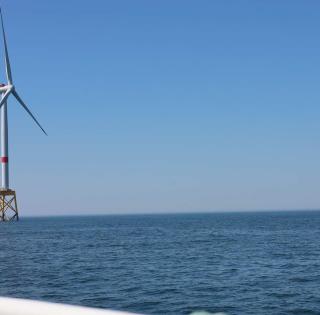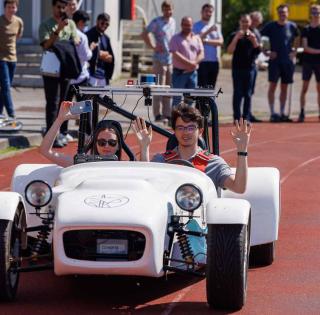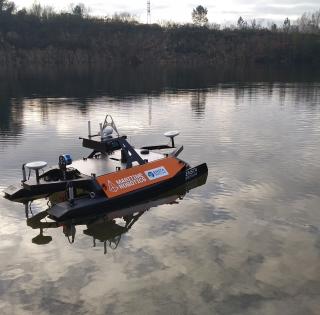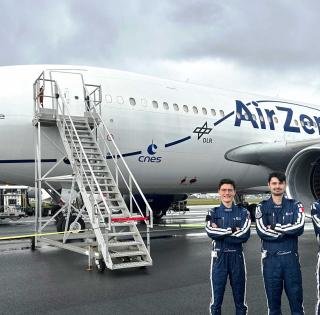
What stood out about your time at ENSTA Bretagne?
In the first years of the course, we followed a very general curriculum. Looking back, I realize that these general skills are essential in all engineering sectors. For me, this was illustrated when I needed computer skills to successfully execute a career plan in naval architecture.
In terms of student life, we were fortunate to have a wide-ranging community life, both in terms of sports and cultural and artistic activities. I naturally chose to go in for sailing. I'm convinced that taking an active part in student clubs and associations provides you with many personal benefits.
Where did you do your internships?
I did my first-year operator internship at Multiplast, where I had the opportunity to take part in the building of the IMOCA DMG MORI, a 60-foot sailing yacht that took part in the last Vendée Globe race.
In my second year, I did my internship at the Yacht Research Unit in Auckland, New Zealand, working on performance prediction for Polynesian sailing canoes.
The aim was to make naval engineering available to anthropology, so as to provide a better understanding of how the performance of these boats enabled them to populate the Pacific islands, from New Zealand to Easter Island, long before Europeans began to sail the world's seas. This internship led to the publication of several research articles.
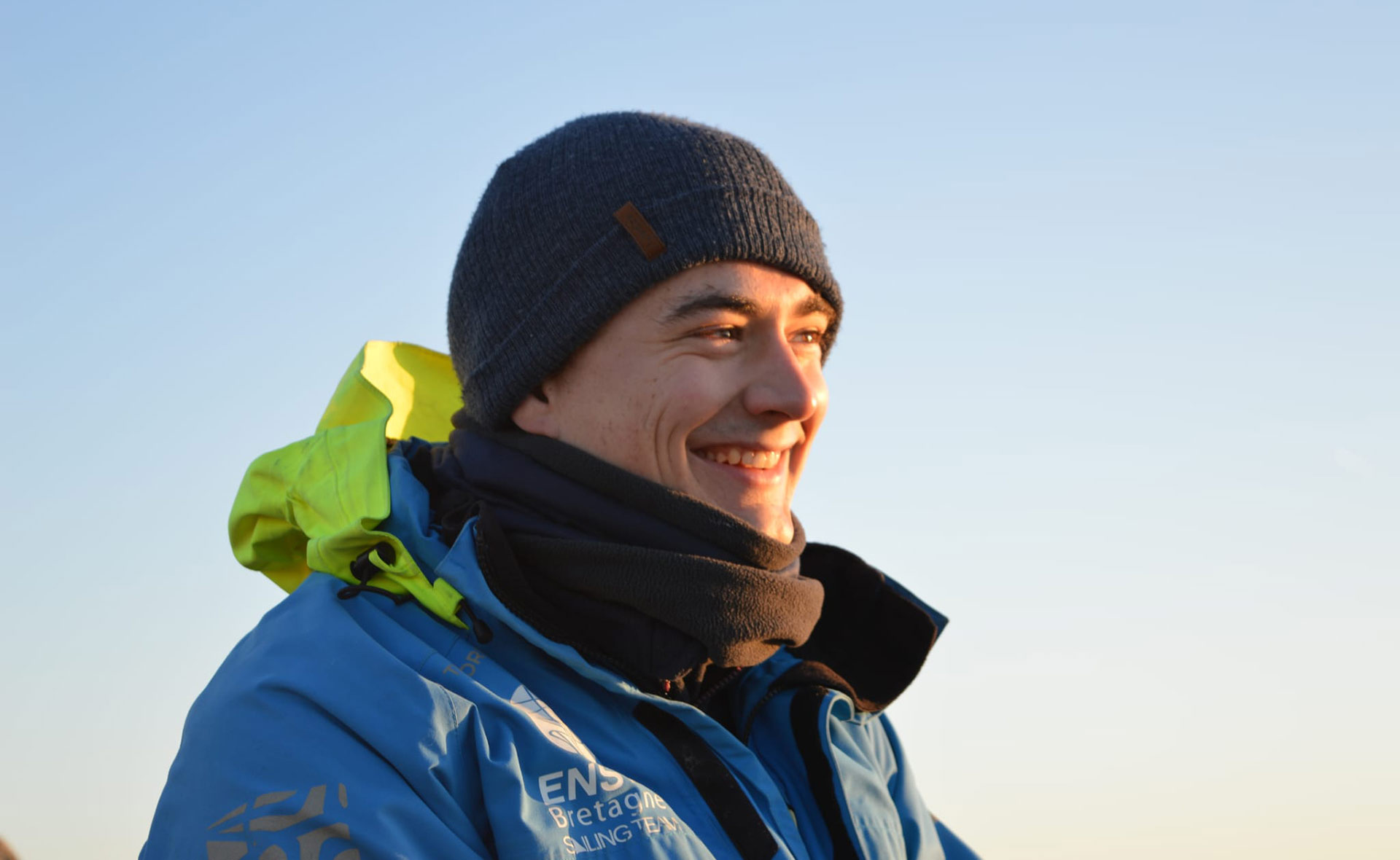
How did your gap year go?
I did my gap year at Benjamin Muyl Design, a design office specializing in naval architecture. I worked mainly with my colleague Nedeleg Bigi (a former PhD student at ESTA Bretagne) on tools for modeling and predicting boat performance.
Although we now know how to predict a boat's performance on calm seas, the performance of boats in waves or in transitional phases such as maneuvers is very difficult to assess, and remains in the realm of research.
It was in this context that I participated in the development of several tools, which involved learning new scientific technologies, and then making them accessible and usable by writing software code.
Following this break, I returned to Benjamin Muyl Design for my end-of-studies internship, where I was no longer responsible for developing simulation tools as I had been during my gap year, but rather for using them.
The internship focused on the design of AC75s, flying monohulls intended to take part in the next America's Cup race in Barcelona in 2024. These studies were carried out as part of the French K-Challenge team, now the Orient Express Racing Team, and focused in particular on predicting the speed of such boats, as well as the setting up of the AC75 simulator.
We also had the opportunity to try out the simulator with sailors from the French SailGP team, which was extremely rewarding and enabled us to establish the connection between our "virtual" model of the boat and what sailors experience on board.
Can you tell us about your current job at Benjamin Muyl Design?
I now work somewhat less in development than I did during my gap year, as we're involved in several projects that require more research to provide a better understanding of the boats.
Depending on the day and the week, I work on design projects for ocean racing yachts, where our simulation tools allow us to design the fastest boats and appendages possible.
I'm also working on the Orient Express Racing Team challenge (the French team that will compete in the 2024 America's Cup race). Benjamin helps coordinate this team, while I work with Nedeleg on performance studies for the future boat to be built, as well as all the simulator work in connection with the sailing team.
What does your day-to-day work involve?
At the moment, I'm working in Lorient, but in the past, we were in Auray, and in the future we'll have to move around a lot more, in particular to Barcelona.
In recent months, I've been doing a lot of tool development, which is similar to the work I do in the research field: we need to be able to draw inspiration from academic research, and then make it usable in a more "industrial" context, even if we're a small team and the line between tool development and use is sometimes a fine one
More recently, we've tended to work in project mode, as projects have flourished. Sometimes I'm behind the computer, sometimes on site to meet our customers, and other times in simulator sessions with sailors. We're fortunate to have a fairly broad spectrum of skills within the company and in our working methods. Developing our own tools then allows us to be relevant when the time comes to use them on our various projects.
In the projects we work on, it's our role to fine-tune the boat model to ensure that it's as faithful as possible. Owning this model then gives us access to extensive data on it, and puts us at the center of architectural thinking, which makes our daily work very varied, as we can participate in many phases of a boat's life, from its design to the analysis of its performance when it has been sailing for several years.
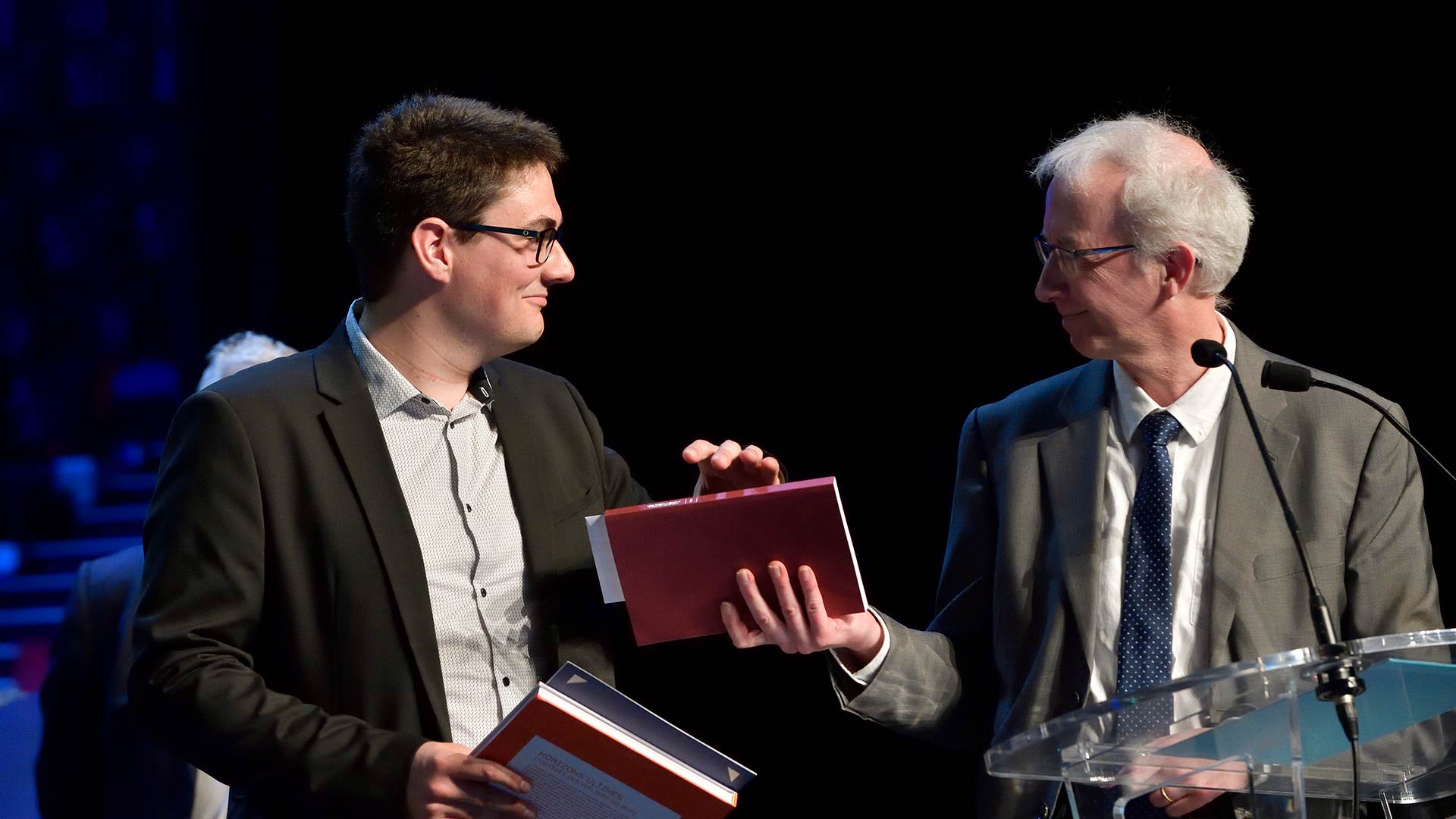
Do you have any advice for those who'd like to join the world of ocean racing?
While you have to persevere and prove yourself in order to work in the world of ocean racing, it's a dream that's within reach. The field is very dynamic and the speed of scientific developments means that boats are no longer designed as they were 20 years ago.
Engineers and digital simulation tools are playing an increasingly important role in boat design, and ENSTA Bretagne offers a wide-range of relevant courses to prepare the naval architect engineers of tomorrow!






